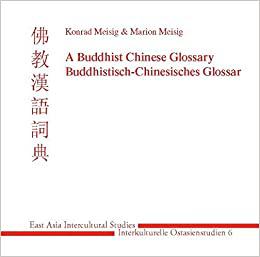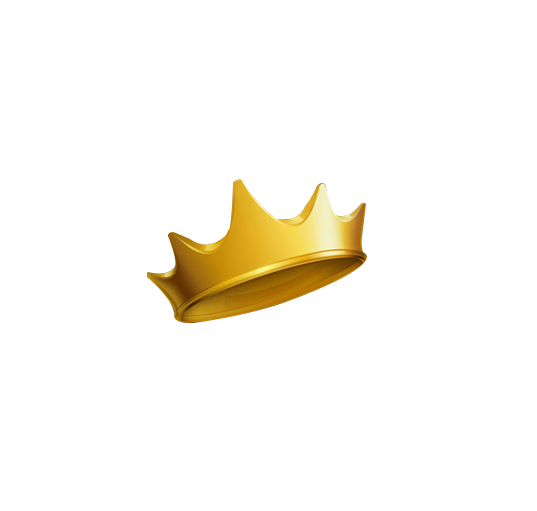
Konrad Meisig, "Buddhistisch-Chinesisches Glossar / A Buddhist Chinese Glossary (East Asia Intercultural Studies / Interkulturelle Ostasienstudien)"
English, Deutsch, Chinese | 2012 | ISBN: 3447066687 | PDF | pages: 259 | 3.5 mb
Buddhist Chinese holds a middle position between Classical Chinese (fifth to third century BC) and the Middle Chinese idiom of the third to sixth century AD, the latter being based on the contemporaneous colloquial language. Buddhist Chinese, however, is not a pure and genuine Chinese idiom; rather, it is a translation language. With regard to its vocabulary, word formation and word order, Buddhist Chinese often seeks to imitate its Indian source texts. Thus, Buddhist Chinese can be described as a contact language between the Indo-European and the Sino-Tibetan language families. The Buddhist Chinese Glossary (BCG) by Konrad and Marion Meisig provides 1) a diachronic perspective of Buddhist Chinese texts, giving exact place references including text quotations in an historical array; it thus permits 2) verifiability; and it makes the lexicographic material available by 3) digital technique. In its present state, the BCG is not yet a dictionary, but a glossary, containing about 4,000 lemmata, prepared from a representative selection of texts focusing on early Hinayana sutras and legends. The BCG is preparatory to a future, more comprehensive dictionary.
Recommend Download Link Hight Speed | Please Say Thanks Keep Topic Live
Download From 1DL
https://1dl.net/r478efalugls/ialjo.B.G..A.B.C.G.rar.html

https://rapidgator.net/file/24611fcf015194524eff3ed73f5a2ce9/ialjo.B.G..A.B.C.G.rar.html

https://nitroflare.com/view/24FC3D9AF68A6DB/ialjo.B.G..A.B.C.G.rar

https://uploadgig.com/file/download/06e8b70bB177C49e/ialjo.B.G..A.B.C.G.rar
Links are Interchangeable - No Password - Single Extraction
